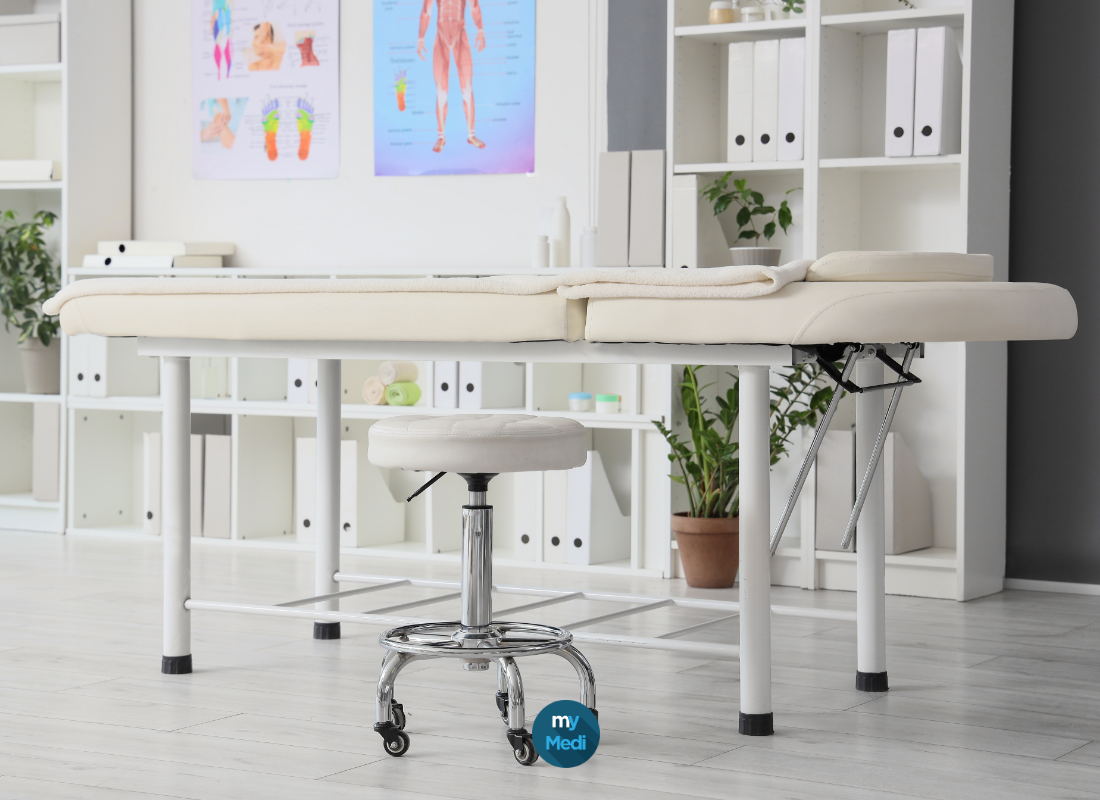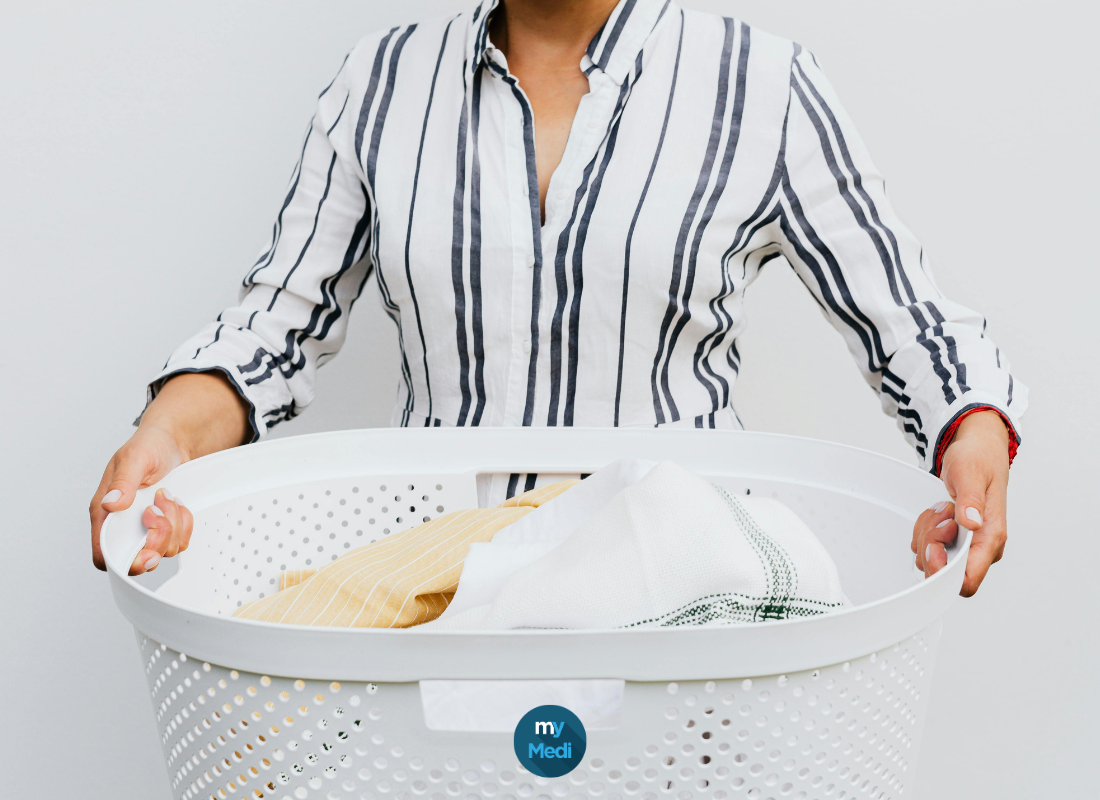Choosing a medical gown isn't just about cut or style. The fabric material is a fundamental factor that directly impacts comfort, breathability, durability, and maintenance. Whether you're a healthcare professional or a student in training, here's a comprehensive guide to choosing the right material for your medical gown and staying comfortable all day long.
1. Cotton: natural softness and excellent breathability
It is recommended for professionals in direct contact with patients or working in environments with little exposure to splashes.
✅ Advantages
- Naturally soft and comfortable to wear, even on sensitive skin
- Very breathable, it effectively limits perspiration
- Hypoallergenic, perfect for sensitive hospital environments
⚠️ Points of attention
- Less resistant to frequent washing at high temperatures, especially if it is 100% cotton
- May wrinkle easily if not treated with anti-wrinkle treatment
2. Polyester: robustness and easy maintenance
Preferred in technical and maintenance professions, or those requiring a blouse that is always clean and neat.
✅ Advantages
- Highly resistant to frequent washing and daily wear and tear
- Quick drying, ideal for busy schedules
- Less wrinkle-prone, for a flawless appearance without ironing
⚠️ Points of attention
- Less breathable than natural fibers
- Can generate static electricity
3. The cotton-polyester blend: the perfect balance
Perfect for most healthcare professionals: nurses, nursing assistants, veterinarians, dentists, etc.
✅ Advantages
- Combines the comfort of cotton with the strength of polyester
- Withstands frequent washing at 60°C or more
- Maintains shape and color over the long term
⚠️ Points of attention
- Quality depends on the cotton content: choose a minimum of 60% cotton for greater comfort.
4. Stretch fabrics (elastane, spandex): freedom of movement
Recommended for dynamic professionals: physiotherapists, osteopaths, paramedics, pediatricians, etc.
✅ Advantages
- Very stretchy, they follow the body's movements perfectly
- Offers an almost second-skin feeling of comfort
⚠️ Points of attention
- Used in small proportions (2 to 5%) in the composition
- Less breathable than pure cotton
5. Technical fabrics: antibacterial, water-repellent and recycled
For the operating room, intensive care, or establishments committed to an ecological approach.
✅ Advantages
- Antibacterial or antifungal properties for enhanced hygiene
- Water-repellent or waterproof fabrics to protect against splashes
- Eco-responsible materials (recycled polyester, organic cotton, etc.)
⚠️ Points of attention
- Often higher purchase cost, but very efficient in sensitive environments
💡 Browse all our medical gowns to find the perfect model for your needs.
Conclusion
The comfort of your medical gown depends largely on its material. For everyday use, cotton/polyester blends offer an excellent compromise between softness, durability, and ease of care. If you prioritize lightness, softness, or mobility, opt for models that incorporate a little elastane or natural fibers. Finally, for particularly demanding environments or if you want to adopt an eco-responsible approach, technical fabrics are a high-performance and innovative option.
Always take the time to read labels, try on different cuts, and test how they feel when worn. A well-chosen blouse is guaranteed to make you feel good at work!





